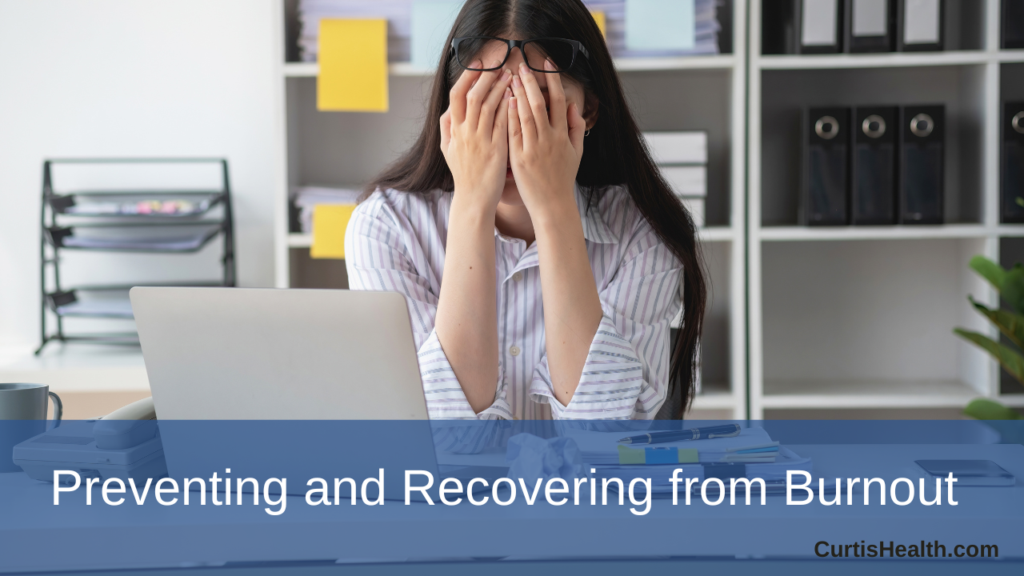Preventing and recovering from burnout requires a combination of organizational support and individual effort. Employers play a vital role in creating an environment that prioritizes employee well-being, while individuals must also take steps to protect their mental health.
Prevention Strategies
For Employers:
- Promote Work-Life Balance: Encourage employees to take breaks, use vacation time, and avoid working outside regular hours.
- Foster Open Communication: Create an environment where employees feel comfortable voicing concerns without fear of judgment.
- Provide Resources: Offer access to mental health resources, such as counselling and wellness programs.
- Recognize Achievements: Show appreciation for employees’ hard work to boost morale and motivation.
- Manage Workloads: Ensure that expectations and deadlines are realistic and that employees have the support they need to succeed.
For Individuals:
- Set Boundaries: Clearly define work hours and personal time to avoid overextension.
- Practice Self-Care: Engage in regular physical activity, maintain a healthy diet, and prioritize quality sleep.
- Develop Stress Management Skills: Techniques such as mindfulness, meditation, and time management can help reduce stress.
- Seek Support: Reach out to colleagues, friends, or a mental health professional for guidance and encouragement.
Recovery Strategies
- Take Time Off: Stepping away from work can provide much-needed mental and physical rest.
- Reevaluate Priorities: Reflect on what’s most important and align your actions with your values.
- Focus on Incremental Changes: Gradual improvements in habits, environment, and mindset can lead to sustainable recovery.
- Professional Help: Therapy or counselling can provide strategies and support tailored to your needs.
Conclusion
Burnout is a complex issue that affects both individuals and organizations. By understanding its impact, recognizing the signs and symptoms, and implementing prevention and recovery strategies, employers and employees can work together to create healthier, more sustainable work environments. Investing in corporate wellness is not just beneficial—it’s essential for long-term success.
***********************
Tim Hawke



